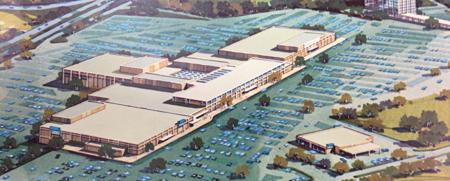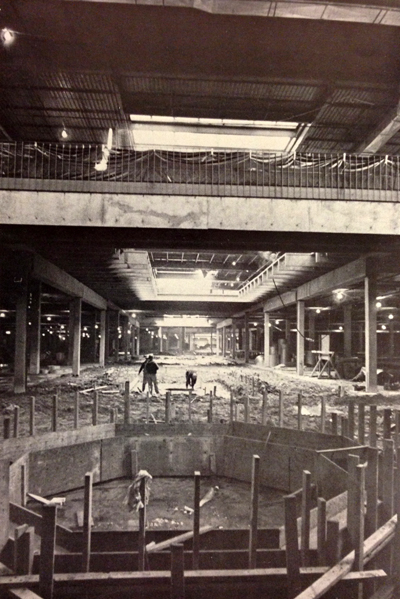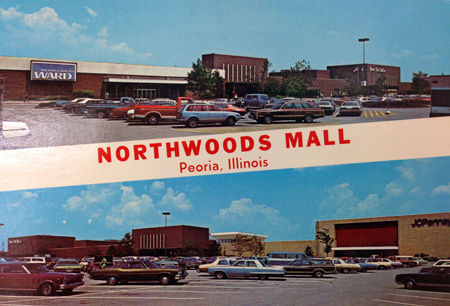Dear Gary,
It’s too bad you missed the All-Star Game Tuesday night. You would have loved it. The American League won, and Mariano Rivera got a standing ovation. It would have brought tears to your eyes. You know, despite being an obnoxious Yankees fan, I always appreciated the fact that you were, above all, a baseball fan. There are so few of us around these days. Everyone (and especially ESPN) is into football and basketball. You’d think with 30 teams playing 162 games each year that there would be plenty of baseball to talk about on sports shows, but baseball always seems to get short shrift. You always enjoyed watching a game no matter who was playing (even the Cubs — it was always fun to see them lose), and I’m the same way. I’ll miss meeting you at Whiteys to watch a game over pizza.
I’m glad you got to see the Yankees one more time — and even make the highlight reel! That was pretty cool seeing the home run ball bounce just a few seats to the right of you in Yankee stadium. Too bad it wasn’t the Yankees who hit the home run. Ha ha. Hey, you can’t win them all.
Remember last year when you found out I was going to the Heart of Illinois Fair and you asked me to pick up some salt water taffy for you from the guy who sets up near the front gate? I remembered that this year, and I picked some up for you again. I even drove by your place Thursday night to drop it off as a surprise, but all the lights were off. It looked like no one was home, so I drove on. I was hoping you were there because my wife and son were in the car, and I wanted them to see the work you had been doing on your apartment. My son especially would have loved the fire pole you were putting in.
I thought it was strange that you hadn’t responded to my texts and appeared not to be home, but you’ve taken unplanned trips before, so I wasn’t too worried. I figured you’d get back to me soon with tales of how your phone was lost or broken, or how you were out riding on Route 66 and didn’t hear the phone ring. You always had a great story to tell.
The story my wife thought was so funny was the one you told when we met you at the Garden Street Cafe for breakfast. You know, the one about mailing that package to Colt in Macau, and all the different ways you had to repack it and compress it until it met the size restrictions? And how exorbitant the cost was? You really had us in stitches by the end of that one; it was almost too ridiculous to believe.
The cars that you had were a real hoot, too. My favorites were the Austin-Healey Sprites you would drive in the summer when you weren’t on your motorcycle. They are impossibly small; I still can’t believe you could fit into them. And they were so low to the ground! I remember you saying you really noticed the city’s lack of infrastructure maintenance in that car because you could feel every bump and see every deteriorating curb. Your ability to get them running and keep them running was pretty ingenious. You were the last of the shade-tree mechanics.
Everyone knows you as the guy who (supposedly) always votes “no” on the City Council, and always stands up for the citizens when it seems like the rest of the council only stands up for the developers and the movers and shakers of the community. I always appreciated you holding everyone’s feet to the fire, even if you were the lone voice crying the wilderness. It was nice to know someone at City Hall was listening and fighting for the little guy. That’s what made you a hero to many. I always tried to encourage you to keep up the good fight, not that you needed the encouragement. I wonder who will stand up for the citizens of Peoria now.
I wonder a lot of things. Right now, I wonder why you insisted on working in that building without air conditioning in the kind of heat we’ve had — especially after you just had heart surgery not that long ago. You’re smarter than that. What was it? You just like living on the edge? Like riding your motorcycle without a helmet? Or walking to the Election Commission just seconds before they closed to turn in your nominating petitions?
We didn’t agree on everything. We rooted for different baseball teams. We differed on gun control. We were poles apart on religion. But we were friends. You were always very encouraging to me and very kind to my family. You were always genuine. No one ever had to wonder where they stood with you. You let them know in no uncertain terms. I always appreciated that kind of honesty, even though you probably took it a bit too far sometimes.
I guess there’s nothing left to say except farewell, and I’ll miss you. And the Yankees are in fourth place, but the Cardinals are in first.
Your friend,
C. J.




